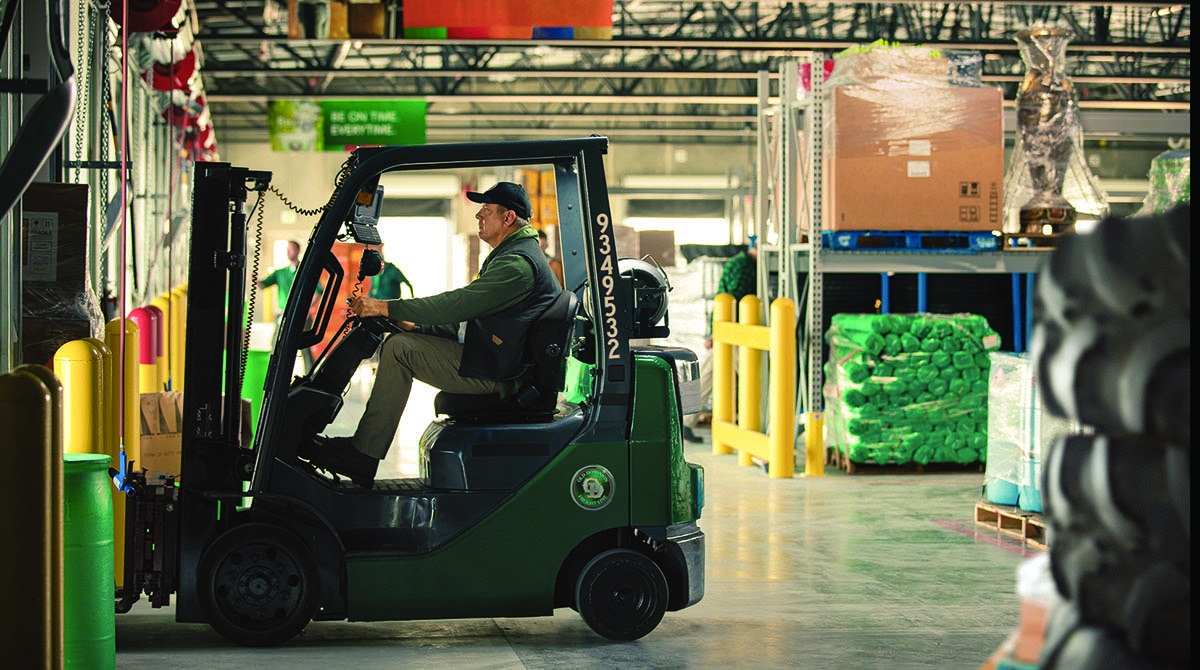
Effective shipment packaging relies as much on science and engineering as it does diligence and common sense. Matching the right box for the product and properly securing palletized shipments is crucial in the physically challenging environment of a less-than-truckload or parcel network.
That’s a viewpoint shared by many across the industry as innovations in packaging material design, testing and application help prevent cargo damage. These efforts are refining decades-old dock operations, trailer load planning and material handling practices to improve how goods are prepped, loaded and secured for transit.
The inexorable growth of e-commerce shipments has created new challenges for how product packaging is designed and how goods are secured to endure the rigors of shipping, said Laszlo Horvath, associate professor and director of Virginia Tech’s Center for Packaging and Unit Load Design.
“There is a huge buzz over e-commerce; everyone is trying different approaches [to packaging],” he said.
One example he cited is bottled laundry detergent.
Previously, detergent bottles were designed to ship on pallets in large, stacked quantities to stores, where they’d then go onto the shelf for consumers to buy. Consumers essentially acted as their own last-mile delivery provider.
But with the stay-at-home orders and social distancing guidelines implemented during the coronavirus pandemic, store visits dropped, and those detergent bottles that once traveled as palletized unit loads now were being shipped one or two at a time in a cardboard box through an e-commerce channel.
In this environment, the traditional bottle and cap design developed leakage issues, Horvath said. As a result, some manufacturers designed a plastic bottle cap with a better seal to withstand e-commerce shipping, while others used a more holistic approach, redesigning their detergent packaging using a corrugated box design as the base so it could be used for shipping. Another manufacturer of fabric softener doubled the concentration of the product, which allowed it to replace a 120-ounce bottle with a smaller yet sturdier 80-ounce bottle.
Shipment packaging must be designed to protect the product from the unexpected, not just what it would encounter in a perfect world, said Chris Kelley, vice president for the central states region at Old Dominion Freight Line.
“Ideally, if nothing ever touched the product, the display packaging would [arrive] fine,” he said, but in an LTL environment, there are many factors that can potentially affect how a shipment is riding in the trailer.
ODFL, with a claims ratio of less than 0.05%, does as good a job as any of properly loading, blocking and bracing freight, Kelley said, but as trucks travel down the highway, accidents do happen.
Road and weather conditions, congestion, starts and stops, and driver reactions to potential safety hazards all are part of the journey, and all can cause jostling and the potential for freight in the trailer to shift.
Read full article at TT News

[…] ways to match demand with capacity and connect relevant industry partners. In the transportationtransportation world of today, nearly 30% of trucking capacity sits idle while approximately 20 billion empty […]
[…] celebrate an industry that has managed to achieve paltry results on this score: just 13% of senior leadership roles are held by women in logistics. The day should be used instead to affect […]